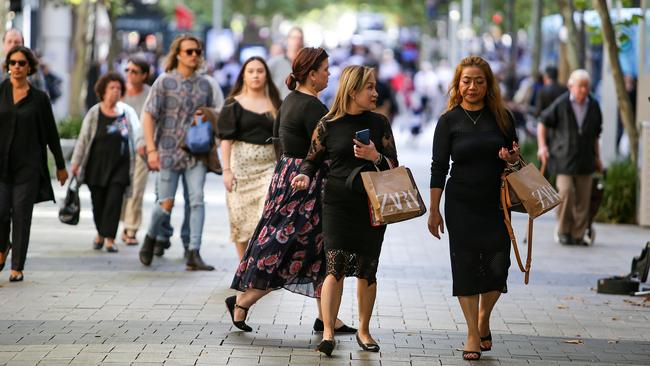Borders, mining help WA weather COVID storm
WA’s heavy dependence on resources cushioned it from the impacts felt by other states during COVID and helped mask issues in retail and tourism.

Western Australia’s over-reliance on the resources sector and the state’s contentious border controls helped insulate it from the COVID-induced rise in unemployment experienced in other states, research has found.
Unemployment in WA spiked to 8.7 per cent – the highest in the country – early in the pandemic but had recovered to a national best of 4.8 per cent in March.
A new analysis of employment trends to be released by the Committee for Perth on Wednesday found that Western Australia’s heavy dependence on the resources sector had cushioned it from the impacts felt by other states during COVID, and had helped mask the deeper issues being felt by the likes of retail and parts of the state’s tourism sector. The tight border restrictions introduced by WA Premier Mark McGowan during the pandemic had actually led to a return of interstate net migration to Perth. The government used the pandemic to encourage interstate-based fly-in fly-out mine workers to permanently relocate into WA, which was in part reflected in the improved migration figures.
Committee for Perth chief executive Marion Fulker said the unemployment data showed that the government had got its COVID response largely right.
“I think they do they do deserve praise for how they have managed things since the first case hit, but I think that there‘s also praise that’s deserved to the mining sector as well for going to national cabinet with a solutions package about how they could keep running as a sector in Western Australia,” she said




To join the conversation, please log in. Don't have an account? Register
Join the conversation, you are commenting as Logout